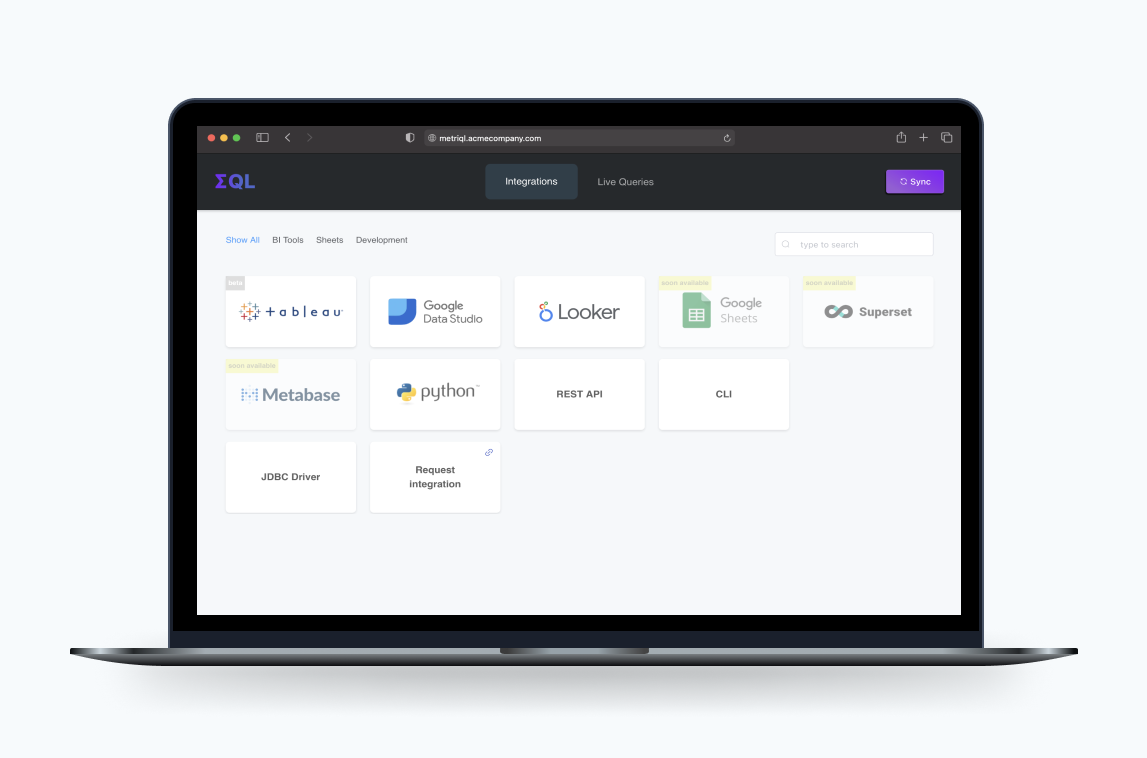I wanted to write this post to help those starting to worry about their increasing BigQuery cost. You've probably been using Firebase or Google Analytics because of their powerful and free services. Later, you realized the UI isn't advanced enough to answer all your questions about your data. And as your company grew, you needed to combine data from different resources in a single report/dashboard for a complete view of user behaviors across different channels and devices. In one common use case, you wanted to combine product data, marketing and CRM data to understand whether the conversion rates from email to in-app purchase events are higher than conversion rates from ads to in-app purchase events. Answering this or similar questions requires another approach to data storage and consumption. Like many other data-driven and successful companies, you decided to collect all your company data into your data warehouse and do analysis on top of your data warehouse. You ended up using GA4's or Firebase's BigQuery link to load all the data into your BigQuery, which is Google's Cloud Data warehouse solution.

